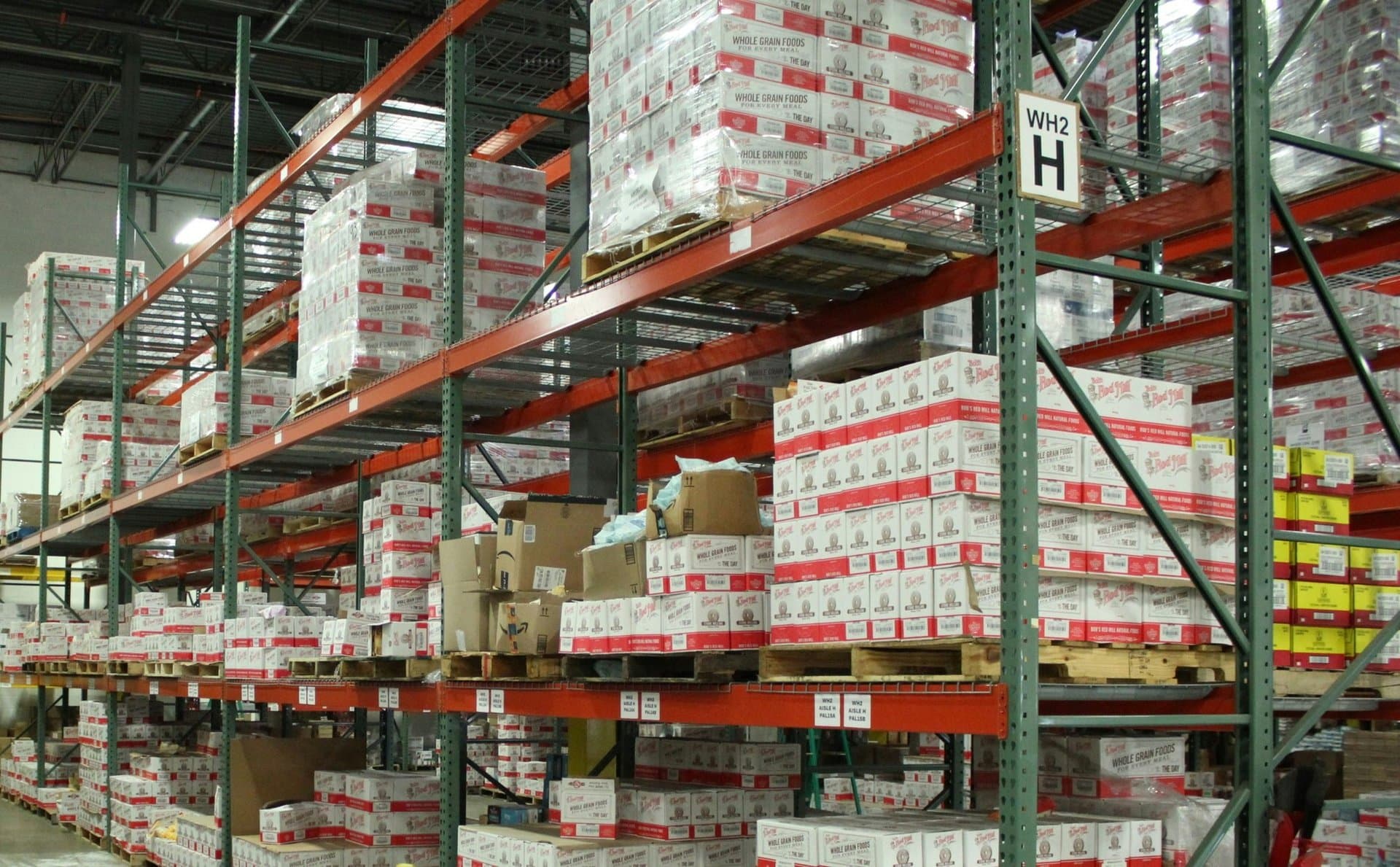Decoding US Wholesale Inventories: 5 Key Insights from July 2025
Explore the July 2025 US wholesale inventories report revealing subtle growth, sector shifts, and economic signals. Unpack inventory trends and their impact on the broader economy with actionable clarity.

Key Takeaways
- July 2025 wholesale inventories grew modestly by 0.2%
- Durable goods inventories declined by 0.2%, while nondurables rose 0.8%
- Wholesale inventories rose 1.3% year-over-year, signaling steady restocking
- Inventory shifts reflect cautious business confidence amid economic crosscurrents
- Revisions to prior months highlight the importance of updated data in economic analysis

July 2025’s US wholesale inventories report paints a nuanced picture of the nation’s supply chain pulse. After initial estimates pegged inventory growth at 0.2%, revisions showed a slightly softer increase of 0.1% in some reports, underscoring the fluid nature of economic data. Wholesale stocks ended the month at $908.4 billion, marking a 1.3% rise from July 2024, but with a notable split: durable goods inventories slipped while nondurables surged.
This subtle dance between sectors reveals more than just numbers—it reflects how businesses are navigating demand and uncertainty. With inventories being a key GDP component, these shifts ripple through the economy, influencing growth and market sentiment. In this article, we’ll unpack five key insights from the July 2025 wholesale inventory data, challenge common myths about inventory growth, and explore what these trends mean for the broader economic landscape.
Unpacking Inventory Growth
July 2025’s wholesale inventories nudged upward by 0.2%, reaching $908.4 billion. At first glance, that might seem like a modest tick, but it’s a meaningful pulse check on business activity. Imagine a warehouse quietly restocking shelves—not rushing, but steadily preparing for what’s next.
Interestingly, some reports noted a 0.1% increase instead, reflecting the usual dance of data revisions. These tweaks aren’t just number games; they reveal how businesses update their stock levels as new information arrives. The 1.3% year-over-year rise confirms that inventories are on a gentle upswing, far from the wild swings seen during supply chain chaos in early 2022.
This slow and steady growth suggests companies are cautiously optimistic. They’re neither hoarding goods nor running on empty. Instead, they’re fine-tuning inventory to match demand signals, a sign of a supply chain finding its rhythm after recent disruptions.
Navigating Durable Goods Decline
Durable goods inventories took a step back in July, falling by 0.2% after a slight gain in June. Think of durable goods as the big-ticket items—cars, machinery, equipment—that don’t fly off shelves daily. Their dip hints at a slowdown in sectors like automotive or heavy equipment.
Why the pullback? It could be businesses tightening inventories amid economic uncertainty or slower demand in these areas. Picture a car dealership holding fewer models on the lot, waiting for clearer signs of buyer interest. This cautious trimming contrasts with the restocking seen elsewhere.
This decline challenges the myth that inventory growth is always a sign of economic strength. Sometimes, pulling back is a strategic move to avoid overstock and cash flow strain. It’s a reminder that inventory shifts are nuanced signals, not simple yes-or-no indicators.
Embracing Nondurable Goods Surge
While durables dipped, nondurable goods inventories rose a robust 0.8% in July, accelerating from June’s 0.2%. These are the everyday essentials—food, beverages, prescription meds—that keep the economy humming.
This surge suggests steady demand or restocking after earlier drawdowns. Imagine grocery stores filling shelves with fresh produce and medicines, responding to consumer needs and inflation pressures. The 3.8% year-over-year jump in nondurables underscores their resilience.
This pattern flips the script on the idea that all inventory growth signals excess. Here, rising nondurable stocks reflect ongoing consumption and supply chain adjustments, painting a picture of sectors that remain vital and active even when others pull back.
Interpreting Inventory’s Economic Signals
Inventories are more than warehouse counts—they’re economic barometers. Rising stocks can mean businesses expect demand to climb or that goods aren’t selling as fast as hoped. July’s mixed signals—durables down, nondurables up—show a balancing act.
The decline in durable goods might reflect caution amid economic crosscurrents, while nondurable growth points to steady consumer needs. This duality suggests businesses are fine-tuning their supply chains rather than overreacting.
Moreover, wholesale inventory trends often foreshadow retail shifts. July’s 0.2% retail inventory growth mirrors wholesale patterns, indicating broad-based moderation. For investors and policymakers, these subtle moves offer clues about future GDP growth and economic resilience.
Valuing Data Revisions and Market Impact
Economic data isn’t set in stone. July’s inventory figures were revised, with June’s numbers nudged upward, hinting at stronger supply chain activity than first thought. These revisions are routine but crucial—they refine our economic lens.
Think of it like adjusting a camera focus: sharper data helps markets and analysts better gauge economic health. The upward revision in June tempers worries about a slowdown, showing businesses might be more active behind the scenes.
For those tracking GDP, inventory investment is a heavyweight. Even small changes ripple through growth calculations. Staying alert to these updates ensures smarter decisions and a clearer view of where the economy is headed.
Long Story Short
The July 2025 wholesale inventories report offers a story of cautious optimism. Modest overall growth, paired with sector-specific shifts—declining durables and rising nondurables—signals businesses are balancing restocking with prudence. This measured approach suggests companies are neither rushing to hoard nor holding back excessively, reflecting a steady hand amid economic uncertainties. Revisions to prior months’ data remind us that economic snapshots evolve, urging investors and policymakers to stay nimble. For those watching GDP and supply chain health, these inventory trends provide valuable clues about future economic momentum. As the economy grows at a 3.3% annualized rate, wholesale inventories’ subtle movements underscore the complex interplay of demand, supply, and confidence. Ultimately, understanding these inventory dynamics equips readers to better interpret economic signals and anticipate shifts. The story behind the numbers is one of balance—between growth and caution, between durable and nondurable goods—and it’s a narrative worth following closely.